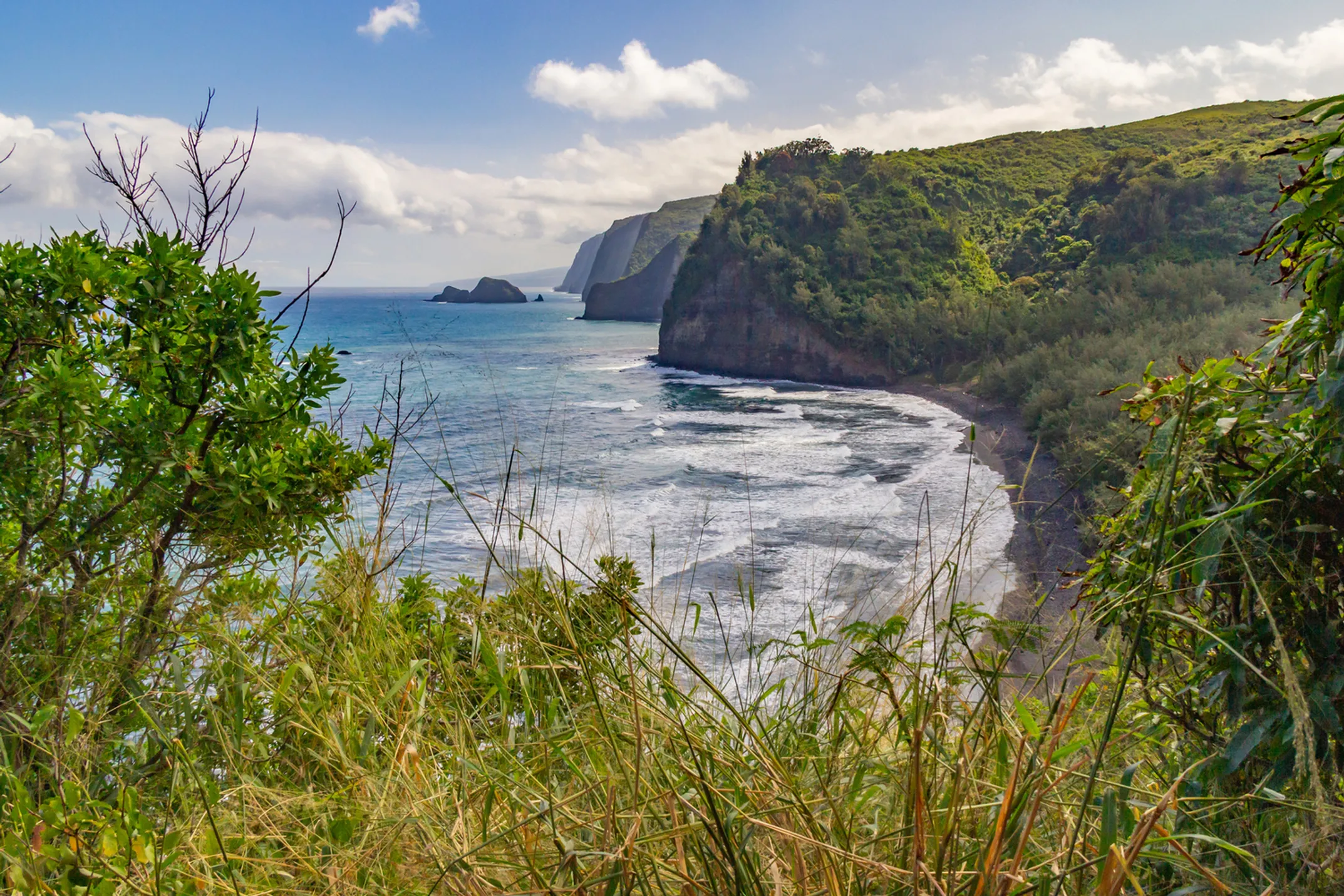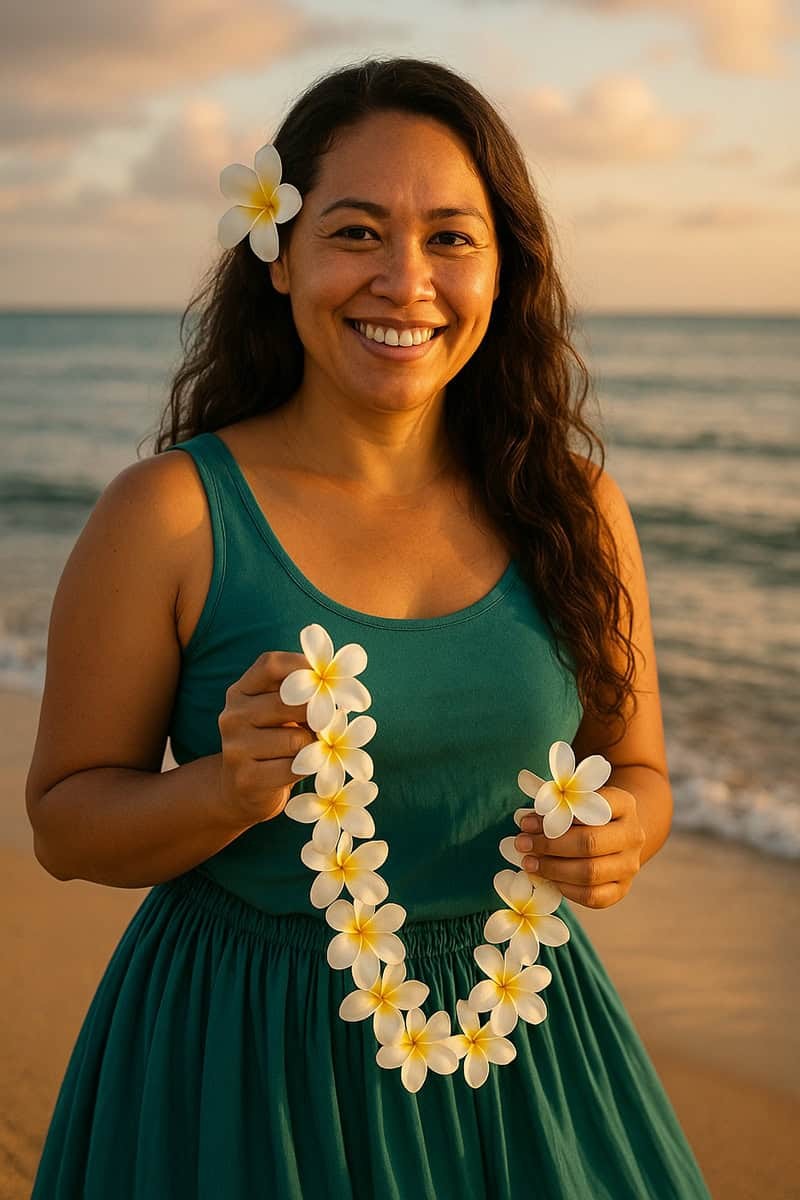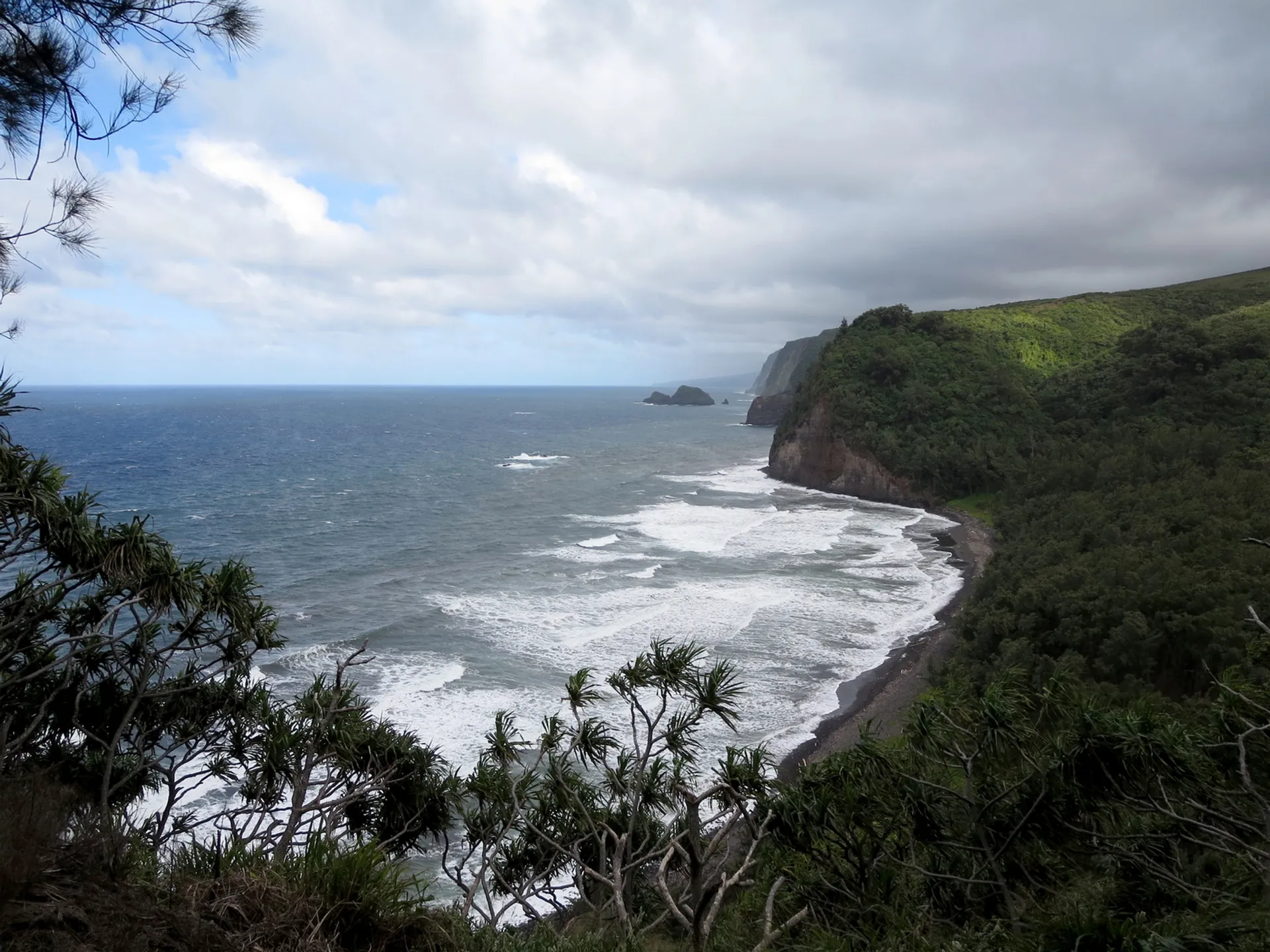
A Guided Hike Adventure Kilauea Iki and Lava Tube
Volcanoes Hiking Guides • Hiking • Volcano • Hawaii

He Wahi Pana - A Sacred Place Where Land Becomes History

Written by a Local Expert
Leilani AkoSome places on our islands hold quiet power. You feel it before you can name it. These are the wahi pana, the celebrated places where land becomes history. At the end of Akoni Pule Highway, where the road stops and North Kohala opens before you, stands one such place. Here, the wind carries whispers of ancient volcanoes and a boy who became a king.
Pololū offers one of the most breathtaking views in all of Hawaiʻi. Yet for those who know its stories, it's also sacred. The valley's name means "long spear" in Hawaiian. It fits the sharp beauty of the sea cliffs and the warrior spirit of King Kamehameha I, whose destiny lives in this landscape.
This valley and its neighbors were once called 'Awini 'ai kanaka, "Awini the man-eaters". This wasn't a real warning but a powerful way to say these valleys were protected. They weren't places for casual visits. You needed kuleana - deep responsibility and connection to the place. That spirit remains.
Pololū was and still is a puʻuhonua, a place of refuge. It sheltered a future king. It still shelters the iwi kūpuna, the sacred bones of ancestors that rest here. This guide invites you to visit as a pilgrim, not a tourist. Come ready to listen, learn, and leave this place untouched.

A trip to Pololū means going to the edge of the developed world. It needs thoughtful prep. The experience starts with the drive through North Kohala's living history. But to honor the valley, your planning must go beyond logistics. It must be rooted in respect and care.
Your path follows Highway 270, the Akoni Pule Highway, north from the Kohala Coast resorts. The landscape changes as you drive. Manicured golf greens give way to rolling pastures and historic plantation towns of Hāwī and Kapaʻau. The air cools. Life slows. Past these towns, the road narrows along the coast. The lookout and trailhead sit at the very end of the highway, at mile marker 28, where pavement simply stops. This isn't just a physical end but a symbolic one. It marks the shift from familiar to wild.
This is a living cultural landscape and conservation zone. Visit with kuleana - deep responsibility to care for this sacred place.
No facilities, water, or shops. You must be self-sufficient. The road ends at mile marker 28 - this is truly the edge of the world.
From sacred history to challenging hikes, discover every aspect of this celebrated valley through our comprehensive guide.
DO NOT SWIM at Pololū Beach. Extremely dangerous conditions with powerful rip currents. Multiple drownings have occurred.
Admire the ocean's power from the safety of the shore.
Visiting Pololū comes with deep kuleana - responsibility to care for this sacred place. The valley isn't a theme park. It's a living cultural landscape and conservation zone. The visiting guidelines aren't random rules but heartfelt requests from the community and descendants to protect a place that's tired from overuse. By following them, you become a partner in its care.
The valley contains ancient Hawaiian burial grounds. Stay on marked trails at all times. Walking on burial sites is deep disrespect.
Don't stack rocks - it's harmful and considered desecration. Leave every stone, flower, and leaf as you found it.
No camping, no drones, no commercial activity. These protect the fragile environment and respect the valley's sanctity.
Take only pictures, leave only footprints - and even those should be placed with great care and respect for the sacred ground you walk upon.

Volcanoes Hiking Guides • Hiking • Volcano • Hawaii

